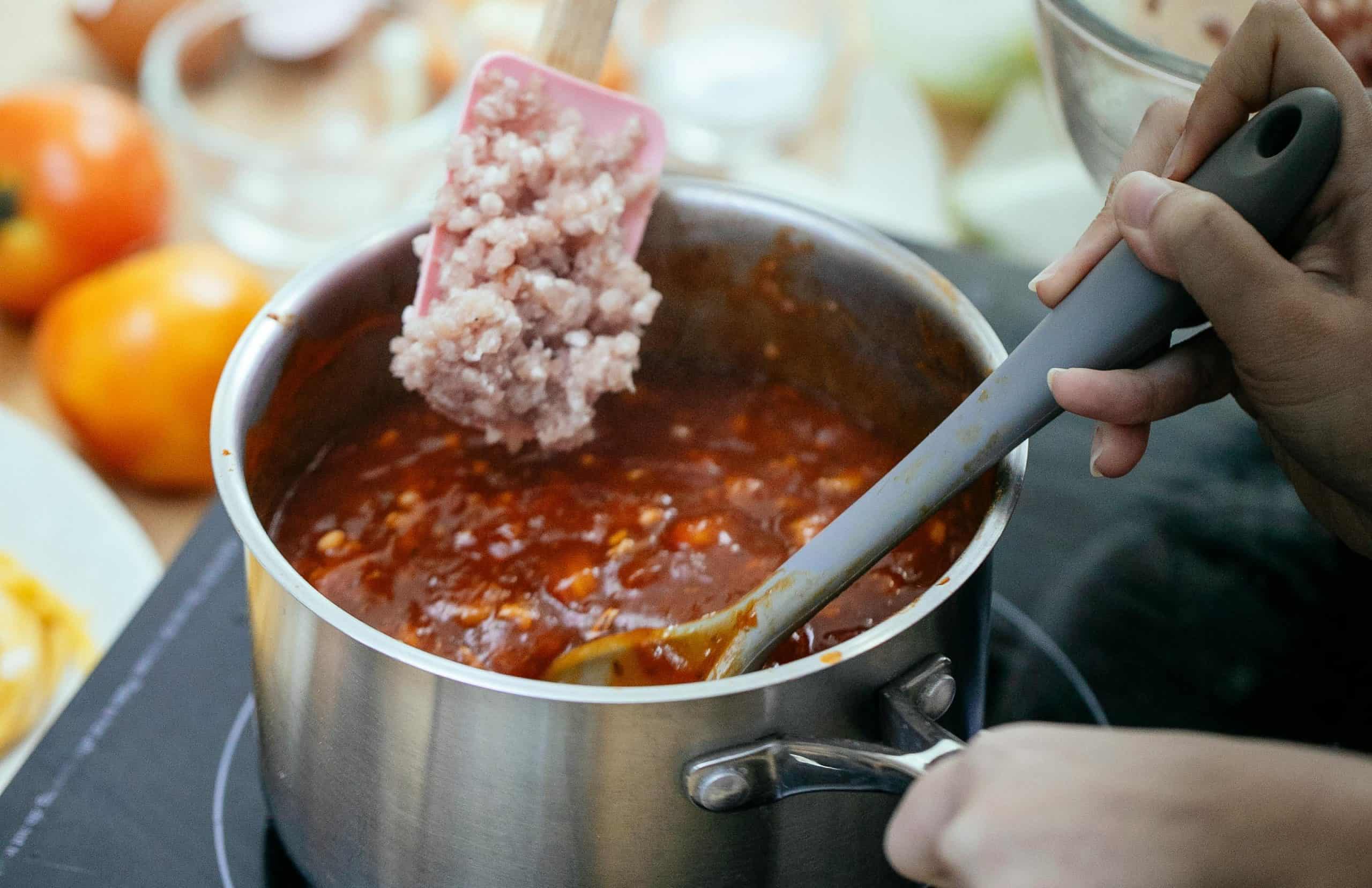How to Make the Perfect Chili for Every Taste (Spicy, Mild, or Vegan)
Look, we’ve all been there. You spend hours crafting what you think will be the ultimate chili, only to end up with something that tastes like tomato soup with identity issues. After testing more chili recipes than any sane person should, I’m here to break down exactly how to make chili that’ll actually impress people instead of having them politely ask for hot sauce.
Why Most Chili Recipes Fall Flat
Here’s the thing nobody tells you: most chili recipes are basically lies. They promise “the best ever” results but deliver mediocrity at best. The problem isn’t your cooking skills—it’s that these recipes skip the fundamentals that actually matter.
Building Your Chili Foundation
Choose Your Heat Level Wisely
The beauty of homemade chili is that you’re the boss of the spice level. Want something mild enough for your heat-sensitive relatives? Skip the jalapeños and stick with sweet bell peppers and a touch of smoked paprika. Craving something that’ll make you sweat? Load up on serrano peppers, cayenne, and chipotle peppers in adobo sauce.
For a balanced middle ground, try this combo: one diced jalapeño (seeds removed), a teaspoon of chili powder, and half a teaspoon of cumin. It gives you flavor without sending anyone running for milk.
The Meat Situation (Or Lack Thereof)
For Meat Lovers: Ground chuck is your friend here—it’s got enough fat to stay juicy during that long simmer. Don’t even think about using lean ground beef unless you enjoy eating cardboard. Brown it properly (we’ll get to that), and you’re golden.
For Plant-Based Folk: Mushrooms are your secret weapon. Dice up some portobello and cremini mushrooms, and they’ll give you that meaty texture without any actual meat. Add some walnuts for extra substance, and even your carnivore friends won’t complain.
The Step-by-Step Game Plan
Step 1: Master the Base
Heat oil in your heaviest pot (cast iron works great). Sauté diced onions, bell peppers, and garlic until they’re soft and fragrant—about 5 minutes. This is where your chili’s flavor foundation gets built, so don’t rush it.
Step 2: Brown That Meat (Seriously)
If you’re using ground meat, add it now and break it up as it cooks. Here’s the key: let it actually brown. That means resisting the urge to stir constantly. Let it sit for a few minutes, then stir. You want some of those crispy, caramelized bits—they’re flavor gold.
Step 3: Spice Things Up
Add your spices directly to the meat and vegetables. This “blooming” process releases way more flavor than just dumping spices into liquid later. Stir everything together and cook for another minute until it smells amazing.
Step 4: Add the Good Stuff
Now comes the tomatoes (crushed works best), beans (drain and rinse them first), and liquid. Beef broth adds more depth than water, but even water works if that’s what you’ve got.
The Secret Ingredients Nobody Talks About
Want to know what sets great chili apart from the stuff people actually remember? It’s the little additions that most recipes ignore:
- A square of dark chocolate – Adds richness without making it sweet
- A splash of apple cider vinegar – Brightens everything up at the end
- Diced carrots – Natural sweetness that balances the heat
- A tablespoon of tomato paste – Concentrates that tomato flavor
Timing Is Everything
Here’s where most people mess up: they don’t cook their chili long enough. Good chili needs at least 90 minutes of simmering to develop proper flavor. The beans need time to absorb the seasonings, the meat needs to get tender, and all those flavors need to meld together.
Can’t spare 90 minutes? Use a slow cooker. Throw everything in on low for 6-8 hours, and you’ll come home to chili that tastes like it’s been simmering all day (because it has).
Fixing Common Chili Disasters
Too thin? Simmer it uncovered to reduce the liquid, or stir in a tablespoon of tomato paste. You can also mash some of the beans against the side of the pot to thicken things up.
Too thick? Add more broth or water, a little at a time, until you hit the right consistency.
Not enough flavor? Salt is probably your issue. Add it gradually until the flavors pop. Also, a splash of acid (lime juice or vinegar) can wake everything up.
The Ultimate Topping Strategy
Plain chili is good. Properly topped chili is legendary. Set up a toppings bar with:
- Shredded cheese (cheddar and Monterey Jack work great)
- Sour cream or Greek yogurt
- Diced avocado
- Chopped green onions
- Pickled jalapeños
- Crushed tortilla chips
- Fresh cilantro
Let people customize their bowls—it’s half the fun.
Making It Your Own
The best chili recipes are the ones you’ve tweaked to match your taste. Start with a solid base recipe, then experiment. Maybe you’re into smoky flavors (add chipotle peppers), or you prefer it extra hearty (throw in some diced potatoes). The point is to create something you genuinely want to eat, rather than just following someone else’s idea of perfection.
Stop overthinking it and start cooking. Your future self (and anyone lucky enough to score a bowl) will thank you.






